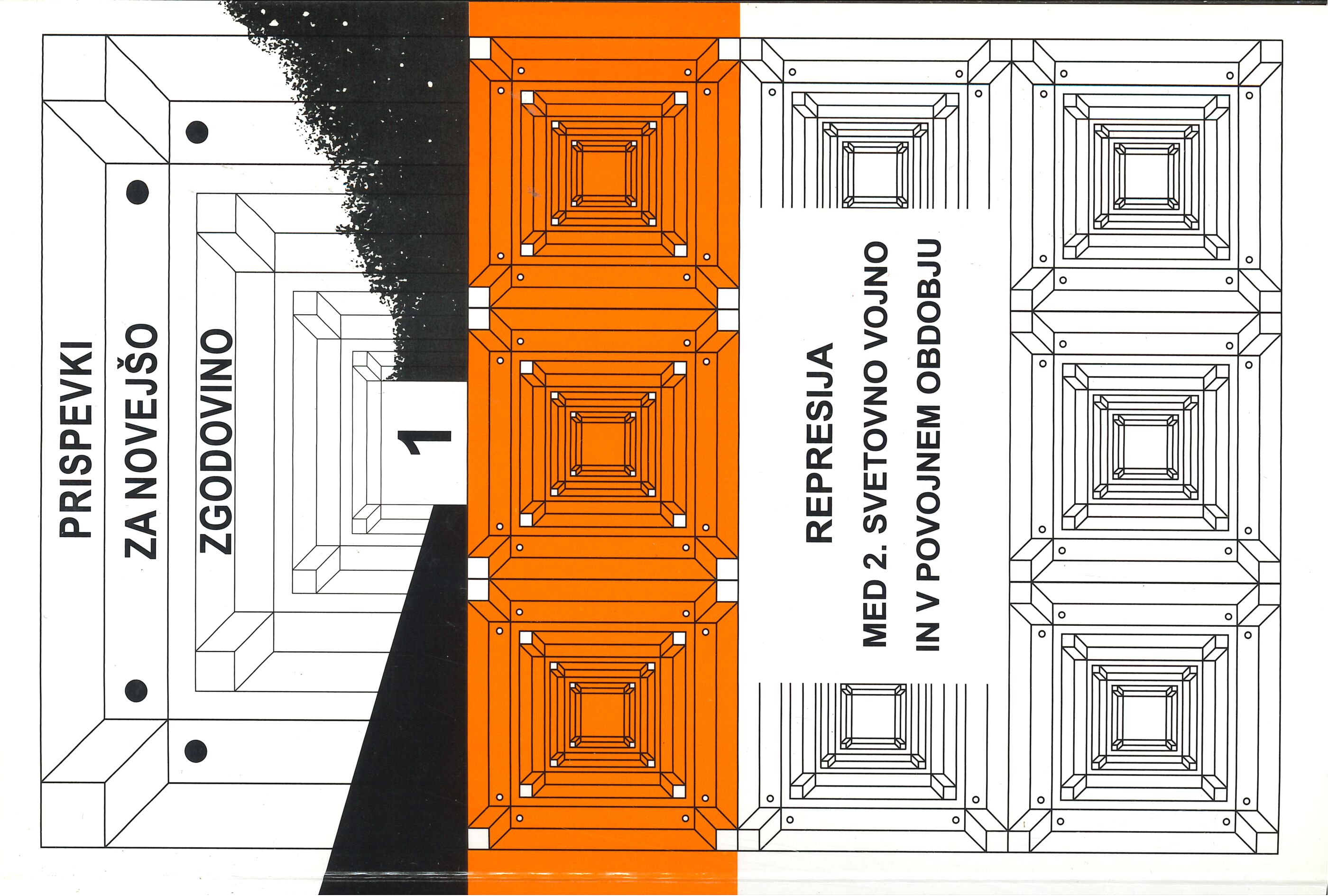Razmislek o spominu na usmrtitve
Ključne besede:
Basovizza, 1st Trieste Process, Basovizza foiba, hostages, Hrastnik, concentration camps, post‐war extrajudicial executions, violence of the occupiersPovzetek
A DELIBERATION ON THE MEMORY OF EXECUTIONS
The author looks at a range of executions in the territory inhabited by Slovenians in the time of totalitarian regimes and especially during World War II. The executioners and victims could be found on both of the opposing sides we can, with some simplification, refer to as anti‐fascists and fascists, partisans and occupiers (collaborators), communists and anti‐communists. Then the author focuses on the memory of the victims of these executions. On one hand this memory is still very alive – for example, the memory of the four anti‐fascists convicted at the 1st Trieste Trial of September 1930 and shot at Basovizza, who became the symbol of the anti‐fascist resistance of the Slovenians from Primorska; and the memory of those who went missing after having been arrested by the Yugoslav authorities in Venezia Giulia in May 1945 and who are symbolised by the monument at the so‐called Basovizza foiba. At the same time the post‐war extrajudicial executions, ignored for a number of years, are now in the centre of attention, while the hostages who were killed or died in the fascist and Nazi concentration camps are disappearing from memory. Here the author underlines especially the culmination of violence caused by the German occupiers in the so‐called Lower Styria in 1942.
Prenosi
Objavljeno
Številka
Rubrika
Licenca
Avtorji prispevkov, objavljenih v tej reviji, soglašajo z naslednjimi pogoji glede avtorskih pravic:
- Avtorji ohranijo avtorske pravice, reviji pa odobrijo pravico do prve objave. Delo se hkrati zaščiti z licenco za prosto uporabo avtorskih del (Creative Commons Attribution License), ki drugim osebam omogoča deljenje dela ob priznanju avtorstva in prve objave v tej reviji.
- Avtorji lahko sklenejo ločene dodatne pogodbene dogovore za neizključno distribucijo različice dela, objavljene v reviji, (npr. oddaja v institucionalni repozitorij ali objava v knjigi) z navedbo, da je bilo delo prvič objavljeno v tej reviji.
- Pred postopkom pošiljanja in med njim lahko avtorji delo objavijo v spletu (npr. v institucionalnih repozitorijih ali na svoji spletnih strani), k čemer jih tudi spodbujamo, saj lahko to prispeva k plodnim izmenjavam ter hitrejšemu in obsežnejšemu navajanju objavljenega dela (glej The Effect of Open Access).


